This week the legacy media has been grasping at the ‘straw’ of a few metres of ground given up by the Russians at Rabotino in order to fabricate a celebratory fantasy of Ukrainian breeches of the first and even second lines of Russia’s defences in this area. So far, the Ukrainians have not breeched the first, yet alone the second line of Russia’s defences. But they have expended lots of men and materiel in their efforts to do so. Ukraine’s casualty totals since the start of its offensive can only be described as obscene. The little village of Rabotino, which hardly exists any longer, along with a larger settlement at Verbove to the east, have attracted most attention from armchair generals this week. In the north, the Russians are making slow but steady progress in the Kupyansk/Svatove direction. Talk of further Ukraine mobilisation is in the air and eligible Ukrainian males in Poland, Germany and elsewhere will not be sleeping easily in their beds. Erdogan and Putin kissed and made up to the public at Sochi but the grain deal was not resurrected. Anti-French sentiment is being expressed by more countries in Africa but an ECOWAS attack on Niger does not appear to be in the offing - not for now, at least. But Africa is like a kettle coming to the boil: a dialectical change is on its way. In the US, the GOP is seeking to impeach Sleepy Joe, his son Hunter is close to indictment, while Donald J Trump faces yet another legal action: this time under the 14th Amendment. If anyone deserves a medal for sheer grit and determination in the face of constant onslaughts - it is the much vilified Donald J. But perhaps the most important and interesting event of the week will be the G20 Summit in India on Saturday. In a move that is symptomatic of the changing times, India may throw off the last remnants of colonialism by changing its name to Bharat.
Winter is Coming
According to Pravda, Russia is storing up missiles so that when winter comes it will be able to launch 80-100 missiles per day at Ukraine. It could be a cold winter indeed for Ukrainians.
Russian Casualties Decline?
I have seen very few reports about Russian casualties which are rarely presented by the Russian MoD. But a Russian news organisation called Mediazona is reporting that Russia has suffered 30,698 combat deaths from the start of the SMO until 23rd August. They also noted that Russian deaths tapered off to only 695 during the two week period prior to August 23rd. Mediazona is suggesting that this low figure is due to data processing delays but some believe the reduction is due to a weakening of Ukrainian forces that could be a prelude to collapse. I’m not so sure that this apparent reduction in casualties is sufficient evidence, on its own, to justify this latter assumption but I won’t be too disappointed if I am wrong. I should say that organisations providing casualty data do not always make it clear whether their figures are for dead and wounded or KIA only. The Russian MoD and Mediazona are both guilty of this.
Ukraine Casualties Grow
According to Sergei Shoigu, the Ukrainians have lost 66,000 men killed and 7,600 pieces of equipment lost since their ‘so called’ offensive began on June 4th. To put this into perspective, in Vietnam the US army lost 58,000 men in ten years. Even the BBC is writing about the increased casualties, according to Larry Johnson. In addition, more than 20,000 Ukrainian soldiers have had limbs amputated, according to Sputnik, and the hospitals are struggling to cope.
Ukraine War Crimes
Indy reported on the MoA (2nd Sept) that someone has found a section of a Ukrainian order to kill surrendering Russian paratroopers but I can’t confirm this. Human Rights Watch has gathered evidence that the Ukrainians used cluster bombs to kill civilians in Izyum after the Russians left the settlement last autumn - according to Sputnik.
Ukraine Grain
Ukraine may take the EU to arbitration regarding its ban on the export of Ukrainian grain to the European Union. Countries such as Bulgaria, Poland, Slovakia, Romania and Greece are insistent that they will not allow Ukrainian grain to flood their markets and impoverish their own farmers - regardless of the arbitration ruling (according to Alex Christoforou). In an article on his website, Z said that he hoped to avoid a legal battle by appealing to Brussels.
Legionnaires Disease
Ukrainian Telegram channels are full of reports of Legionnaires disease spreading amongst Ukrainian and Polish troops (as reported by Indy on the MoA - 170 -Sept 4th). This will place extra strain on Ukrainian hospitals that are finding it hard to cope already.
Crumbling Support?
Germany
A recent survey showed that only 9% of the German people think the war in Ukraine is important. But in some ways the Germans have been very supportive, providing Ukraine with ten huge refrigerators for storing dead soldiers.
Liberal Democracy - Ukraine Style
Ukraine has a strange set of characteristics for a modern ‘democratic’ state. Its recent history has seen a growing influence of neo-Nazi elements and the introduction of some policies which would not have been out of place in Nazi Germany. There are also some elements of Wokism in play which do not fit easily in the laps of the Banderites. There are no opposition parties, no free press, no freedom of movement, no right to strike or protest and the Ukrainian people, who are living under martial law, are being press-ganged into fighting. Yet there is much talk in the legacy media about saving poor little democratic Ukraine from Russian ‘tyranny’. Even the Great Z himself often talks about the importance of values such as ‘freedom’ and ‘democracy’. This article from an Arabic newspaper provides a damning assessment of Democracy Ukraine Style which is nothing nobler than a modern form of slavery. Adult Ukrainians must work for ever decreasing salaries in order to be fed. In the meantime, elections are being held in Moscow, Donetsk, Lugansk, Zaporizhzhe, Kherson and elsewhere - starting on 8th September - according to Tass.
Kolomoisky
The former media oligarch who became Z’s mentor many years ago is being investigated by the FBI for financial crimes and has been arrested by the SBU. Kolomoisky assisted Z’s rise to power and funded some of the Azov battalions. Alex Christoforou provides some political analysis of this development here. Or you can read about him at Zero Hedge.
Aleksey Reznikov Sacked
Z has sacked his Defence Minister who has defended his department’s efforts at procurement for the war effort. $100 billions of military aid has been received from the West since the start of the SMO, he said. Some say that Reznikov is Z’s scapegoat for the failed Ukrainian offensive. But some say his sacking could also be linked with suspicions of corruption rather than performance or political exigencies. He will be replaced by Rustem Umerov, according to Sputnik - who is probably just as corrupt as his predecessor.
Ukraine Mobilization
Z has announced another mobilization which will seek to enlist eligible males who have escaped the draft until now - for one reason or another. Many are outside of Ukraine. Bild is reporting that Germany is host to 163,000 Ukrainian men of military age who may be dragged back to serve as cannon fodder for the Ukrainian army. It is alleged that Poland is beginning to extradite Ukrainian males eligible for or liable for military service who have been in Poland since the SMO began. It is supposedly focusing on those who have entered the country illegally or have committed crimes, such as assisting illegal immigration, because they do not want such people living in Poland, according to Tass. Poland is a signatory to the 1951 Refugee Convention, which deals with the return of refugees to a war zone or to a place where their freedom or lives would be in danger. So, the return of refugees to Ukraine could be challenged legally, but only by those who registered as refugees when they entered Poland (many did not register). Ukrainian officials are attempting to recruit college students as well as tightening up on exemptions. This has caused panic inside Ukraine as people seek to leave the country in order to live, according to Ukrainian channel legitimniy. Additional border controls and officials have been put in place and drones have been moved from the fronts to monitor movements. The Ukrainian Telegram channel also highlighted the corruption among officials who have earned a fortune in return for false exemption certificates. There is a growing realisation on this channel that the manpower problems of the Ukrainian army are catastrophic and will always be hampered by heavy losses. However, it remains to be seen whether significant numbers of eligible males will be sent back to Ukraine from EU countries. Some Ukrainian Telegram channels are even talking about the possibility of women being forced to enlist.
Russian Mobilization
Dmitry Medvedev has announced that 280,000 men have been contracted to the Russian military since 1st January 2023. Some of these were reservists; others volunteers.
Ukrainian Terror Attacks
On Saturday 2nd September, 20 MLRS shells and 22 cluster bombs were launched against Donetsk, including the Petrovsky district where a nursery was destroyed. Six people were injured. On the same day Ukrainian artillery attacks killed one person and injured another two in Belgorod. Twenty houses were also damaged. The Belgorod region has been under constant artillery fire this week. On September 4th a Ukrainian sabotage group attempted to infiltrate the village of Podyvot'e but Russian artillery fire forced them to retreat. The 4th was also a bad day for people in the centre of Donetsk city where Ukrainian artillery strikes intensified (according to Patrick Lancaster, the shelling never stops in Donetsk). On the 5th Sept the village of Kozinka in Belgorod region was attacked causing damage to ten houses, a gas pipeline and some overhead power lines. No casualties were reported.
On Sept 2nd, the Ukrainians fired on the village of Belaya Berezka, in the Trubchevsky District of Bryansk. Some houses were damaged but there were no casualties - according to the Governor of the Bryansk region. On 4th September, the village of Podyvot'e (Sevsky District) was hit by artillery: some administrative building and outbuildings were partially damaged. There were no casualties. On the same day a Ukrainian sabotage and reconnaissance group attempted to infiltrate the same village but was detected in time and destroyed by Russian units. On September 7th, the village of Pogarsky, in Bryansk was attacked with 30 shells causing damage to residential buildings but no casualties.
Konstantinovka
On September 6th, 17 people were killed and more than 30 injured at the market place in Konstantinovka, which is south of Kramatorsk in Ukrainian held territory. Western media is reporting this as a deliberate Russian attack on civilians but some claim the missile was launched by the Ukrainians. Others have speculated that this was a false flag timed for the arrival of Anthony Blinken in Kiev. But some say it could have been an accident after an Ukrainian launched air defence missile from Druzhkovka went astray. I have also seen reports that the market was attacked by a US HARM missile launched from a Ukrainian SU-27. We may never know the truth but this was a terrible tragedy.
Saboteurs in Odessa?
Two trains have been derailed in Odessa in what could be an act of sabotage by citizens of Odessa - some are hoping.
The Sea War
According to Sergei Shoigu, the boats used by Kiev for terrorist attacks were created in three ports: Chernomorsky, Yuzhny, and Odessa. These have been the subject of recent missile/drone attacks. Russia destroyed five ‘maritime drones’ at their storage/construction sites in a five day period this week
Crimean Bridge
The Ukrainians sent an unmanned ‘semi-submersible’ sea drone towards the Crimean bridge at 11.15 pm on September 1st. It was detected and sunk. Two more were sunk on September 2nd.
Cape Tarkhankut
Four high speed boats containing Ukrainian landing forces were destroyed off the coast of Crimea at Tarkhankut on September 3rd. According to one Telegram channel, another four manned boats attempting to land at Tarkhankut on the 4th September were sunk by cluster munitions. This was confirmed by Tass.
The Air War
Russian Missile/Drone strikes
Krivoy Rog came under missile and drone strikes on September 2nd. A large consignment of military equipment was destroyed. On the evening of the same day Nikolaev and Ismail in Odessa were attacked, possibly by Geranium drones. Later the port of Reni was also attacked. Ukrainian sources are claiming that 22 out of 25 Geran drones attacking Odessa were shot down by super-efficient Ukrainian air defences. But oil/fuel storage facilities were nevertheless destroyed in Odessa and Reni. The Russian MoD has confirmed that a large oil storage facility in Reni was destroyed by drones. Ukrainian forces in Zaporozhye were also attacked, according to Ukrainian Telegram channels. On September 4th, more Geranium drones attacked the Kiliysky district of Odessa moving along the border with Romania. On the same day, Ismail and Reni were attacked once more.
On the evening of September 5th and into the night the Russians launched missile/drone attacks towards the ports of Reni and Kiliya (Odessa) on the Danube. Targets in Dnipro and Poltava were also attacked, according to Slavyangrad, along with Cherkasy, Vinnytsa, Uman and Kiev. A grain terminal and fuel tanks were destroyed at Kiliya on the same night. A Ukrainian channel reported that port facilities at Izmail were attacked again on the 7th September when it was claimed that the wonderful Ukrainian air defence systems destroyed 25 out of 33 drones. The channel also reported attacks on Sumy region. Late on the 7th, Geranium drones were on their way to Odessa once again. Kharkov and Nikolaev were also attacked. On September 8th, a Russian cruise missile struck a police station in Krivoy Rog where a Ukrainian security meeting was taking place. The meeting involved Ukrainian security officials and some NATO officers. It is estimated that 40 people were killed and another 60 injured.
Ukraine Missile/Drone Attacks
Moscow
One drone was downed over the Istra district of Moscow region on Sept 5th and another was shot down over the Ramensky district on the 7th but still caused some damage to residential buildings.
Volgograd
A drone was destroyed after it attempted to attack Volgograd on Sept 7th - Volgograd is the current name of the former Stalingrad on the Volga: a long way from Kiev.
Kaluga region.
One drone was shot down over Kaluga on the 5th Sept.
Tver region
A drone was shot down in the Tver region (north west of Moscow) on Sept 5th.
Belgorod
A Ukrainian drone was shot down over Belgorod on Sept 2nd according to the Russian MoD.
Kursk
On September 4th, two drones were shot down over Kursk: there were no casualties, according to Tass . The drones appear to have been targeting the Kursk nuclear power plant and one building was set on fire.
Crimea
Two drones were shot down and fell into the Black Sea off the coast of Crimea on September 4th. On the morning of the 5th, an ‘aircraft like’ drone was shot down over Crimea.
Rostov on Don
On 7th September two drones were shot down over Rostov City Centre: one fell to earth and injured a civilian, according to Tass. A two story, non-residential guest house was attacked in Bataysk (Rostov region) causing considerable damage but no casualties. The cause of the incident has not yet been established, a spokesman said.
Late on September 5th, a drone was shot down over Bryansk region according to Tass. Another was shot down on the 6th but caused no damage. It appears that another three drones were shot down on the 7th September according to Slavyangrad but caused no casualties.
Ernogodar (Zaporizhzhe)
On the morning of 7th September five drones attacked residential buildings in Ernogodar causing much damage but no casualties.
It appears that there were fewer drone attacks this week than last.
The Ground War
Tank on Tank
The above picture shows some T90 main battle tanks which the Russians have in abundance. Its military produces 20 T90M tanks per months along with another 20 T72B3 tanks. It can also produce around 700 refurbished T72 tanks per year. That’s a total of nearly 1200 tanks per annum. Recent reports show that German Leopards are a little shy and have not been making appearances on the battlefields recently. Journalist, Ryopke is reporting that not a single main battle tank has been delivered to Ukraine in months and that only 100 of the promised 300 Armoured Fighting Vehicles (AFVs) have been delivered. Whether the Ukrainians are conserving their tanks or have not received enough of them in the first place; it makes no difference. Ukraine is suffering from tanks shortages on the front lines.
Tank on tank figures highlight the imbalance of forces between the two sides - though the West will continues to scrape the bottom of its barrels to provide Ukraine with some Leopard 1’s or something of similar dubious quality.
Is this an image of the first Challenger 2 tank ever to be destroyed by enemy fire?
Here’s a short video for those who haven’t seen it yet. Most sources, including Western sources, are confirming that the first Chellenger 2 tank was indeed destroyed.
The Russian 25th Combined Arms Army Enters the Fray
According to Kyrylo Budanov, Ukraine’s intelligence Chief, the Russian 25th Army has now been deployed. It is a little strange to employ a source (Budanov) that I am not certain exists but the American Institute of Strategic Studies provides the same information, according to Slavyangrad.
The Fronts
Kupyansk
The Russians are continuing their slow advance towards the Oskol river, west of Svatavoe. The Ukrainians, appreciating the importance of this section of the front, have deployed significant reinforcements at the cost of weakening their forces elsewhere. According to Slavyangrad, the Russians entered the key village of Sinkovka on Sept 7th.
Rabotino/Orekhov
On September 1st, the Russians left the south of Rabotino village to occupy prepared defensive positions further back, according to the Military Chronicle. By September 4th, attacks on Rabotino and Orekhov decreased in intensity, probably due to huge Ukrainian losses in men and materiel, but more intensive attacks were made on the 5th after they had been reinforced. The Ukrainians suffered heavy losses, according to the Russian MoD:
The enemy losses were up to 170 servicemen, two tanks, three armoured fighting vehicles, four motor vehicles, three U.S.-manufactured M777 artillery systems, and one M119 howitzer, one German-manufactured Panzerhaubitze-2000 self-propelled artillery system, one British-manufactured FH-70 gun, and one D-20 and one D-30 howitzers.
This was the result of just two attacks by the Ukrainian 47th Mechanised Brigade on the 5th Sept. There was no breech in Russia’s defence lines, no Ukrainian troops entered Orekhov and parts of Rabotino are still in the grey zone. It reminds me of Monte Casino! At this point the Russians were bracing themselves in anticipation of more intensive attacks over a wider area. Elements of the well equipped 71st Jaeger Brigade began to appear at the front on this day. But on the afternoon of the 5th the Russians, taking advantage of decreasing Ukrainian pressure, launched a counter-attack towards the village of Rabotino against the positions of Ukraine’s 82nd brigade. At this stage, the north of the village was in Ukrainian hands, the centre was in the grey zone and the south in Russian hands. Weeb Union provides his version of these Russian counter-attacks here. On September 7th, The Military Chronicle reported that the Russians had taken the southern part of Rabatino once more. It appears that the Russians have been able to attack the Ukrainians from high ground around Rabotino, forcing them into ‘kill zones’ and attriting them at an alarming rate. On Friday September 8th after four Ukrainian attacks were repelled, the Russians were expecting a large Ukrainian offensive towards Tokmak. The huge Ukrainian force concentrated to achieve this comprise 62,429 men, 272 tanks, 864 field and mortar artillery pieces, 89 MLRS, 1,564 armored vehicles, 699 anti-tank weapons, 882 air defense weapons. It sounds like a formidable force - if these figures are correct - but if the Ukrainians can’t find a better way of deploying them then the future will resemble the awful past.
Maryinka
On September 7th, the Russians made some progress in this city west of Donetsk after a long stalemate.
Kleshchiivka
The Ukrainians have gained some territory in this area, south of Bakhmut, with heavy losses but then lost it again following Russian counter-attacks. On Sept 4th the Ukrainians continued to attack here. Attacks on the 5th September also failed to achieve significant advances but heavy losses forced the Ukrainians to pause and reinforce with reserves for another attack. The South Group of the Russian army repelled four Ukrainian attacks on this day. Ukrainian forces attacking Andreevka and Kurdyumovka, in the vicinity of Bakhmut/Artemovsk have also been repelled. Fighting continues for plantations and high ground in this direction.
Vremyevsky ledge
Positional battles have continued here during the week near Staromayorsky and Urozhaynoye, according to Boris Rozhin. The Ukrainians have been unable to make any breakthroughs here.
Novodonetsky
The Ukrainians have also attacked in this direction but without success. According to the Military Chronicle:
The Armed Forces of Ukraine continue to attempt a breakthrough on the Novodonetske-Novomayorskoye line, tried to cross the Shaytanka River, but were thrown back by fire…The enemy is deploying reinforcements for new attacks, as well as intensifying shelling with cluster munitions.
Ugledar
This front was relatively quiet until the 5th September when the Ukrainians attacked in force only to be repelled with heavy losses, including several tanks and ten light vehicles - according to Sprinter.
Antonovsky Bridge
On September 5th, two groups of Ukrainians landed underneath the Antonovsky bridge in Kherson and are being shelled by the Russians.
Pereyaslavsky Island (Kherson)
On September 7th, Ukrainian assault troops attempted an incursion onto Pereysslavsky island in boats but were spotted by Russian forces who attacked with remote mines, mortars, tanks and a drone. Three Ukrainian boats attempting to evacuate their forces were sunk. Around 20 Ukrainians were killed in what appears to have been a suicidal venture.
The Economic War
EU in Recession
European countries are falling into recession at a faster rate than was predicted by the European Central Bank (ECB) according to RT
Austria
Austrian Chancellor Karl Nehammer has said that the pipeline system layout in Europe means that Vienna can’t switch to other sources yet. According to an RT report the chancellor said that Austria must stay with Russian gas until alternative sources are secured.
Russian Oil
At the beginning of September, Russian oil was selling at $73 per barrel, which is way above the $60 price cap the West attempted to impose.
World Politics
Sochi - Putin and Erdogan Meet
Putin and other Russian representatives met with their Turkish counterparts in Sochi, a Russian Black Sea resort, on September 4th to discuss a possible resumption of the grain deal under new United Nations conditions. According to Tass:
On Sunday, the Sabah (Turkish) newspaper reported that a new package of UN proposals includes one on beginning negotiations on lifting restrictions on Russian food producers, whose assets were frozen in Europe. Apart from that, the United Nations suggests that measures be taken to assess the damage done to the ammonia pipelines. Reconnecting Russian Agricultural Bank (Rosselkhozbank) to SWIFT is also among the latest UN proposals.
Both sides are waiting for the UN to act on the above proposals but no agreement was made between the two leaders on the grain deal, according to RT.
Putin said, during a joint press conference with Erdogan, that Moscow is ready to “immediately” resume the deal once “all the agreements set out in that deal on lifting the restrictions on the export of Russian agricultural produce are fully implemented.”
Erdogan admitted that:
The alternative proposals placed on the agenda did not meet expectations in terms of security and other aspects. Our Russian friends have made clear their expectations in this regard, and we emphasize these expectations at different platforms..
Erdogan also said that he hoped the deal will be revised one way or another following a package of consultations with the UN.
The meeting also discussed the growth in economic cooperation between the two countries as well as increased regional cooperation concerning conflicts and issues in areas such as Syria, Libya, West Africa and the South Caucasus.
The proposed Russian ‘Gas Hub’ in Turkiye was also discussed as negotiations continue on what would be a very prestigious and profitable venture for Erdogan and his country.
The meeting also served to correct perceptions that relations between the two countries had deteriorated following Erdogan’s decision to return some captured Azov members to Kiev. The banks of both countries will meet to discuss a move towards transactions in their respective currencies rather than the dollar. Gas supplies to Europe via Turkiye were also discussed.
The G20 Summit India (Sept 9th-10th)
Neither Xi nor Putin will be in attendance at the G20 Summit to be hosted by India on Saturday. Biden is disappointed, apparently, because he wanted to meet with Xi who doesn’t want a meeting with him. BRICS is becoming more important than the G20 to both Russia and China. The member countries have agreed that the African Union should be granted the status of a permanent member of the G20. This is expected to be ratified on the weekend.
Hungary - The Adult in the Room
The only European country that is making any sense (apart from Serbia maybe) is Hungary. Victor Orban has recently told Western journalists that Ukraine cannot possibly win a war against Russia and that its objective of winning back the Donbass or Crimea is pure fantasy. Now Gergely Gulyas, from the Hungarian Prime Minister’s Office, is saying that Russia, as well as Ukraine, needs security guarantees. This sentiment was echoed by none other than Emmanuel Macron last December.
Blinken in Kiev
US Secretary of State, Anthony Blinken, arrived in Kiev around the same time that the Russians were attacking the city with missiles (5th September). Blinken stayed overnight, which is unusual for visits to Kiev. The fact that he came when the Ukrainian offensive has exhausted itself without success may not be a coincidence. Alexander Mercouris, along with his Duran partner, has been speculating that Blinken may have been providing some criticism and advice regarding the way the Ukrainians are conducting the offensive. The US may want a more hands on approach and is calling for heads to roll. It appears that Blinken wants the Ukrainians to reduce their strength on other fronts so that they can concentrate on taking Tokmak by November. I think most people who have been following this conflict closely would regard this as somewhere between unbelievably difficult and impossible. Arthur Brogard, from the MoA (Sept 8th) suggested that:
If the USA insists that Kiev attack to Tokmak then I'd say that's their way of ending the thing. A total attempt to do that will simply wipe out the Kiev military machine.
I agree: large columns of Ukrainian forces strung out along the roads to Tokmak would make a tempting target for Russia’s air force, artillery etc. etc. But even if their forces got that far they haven’t the strength to go further. Tokmak is a road to nowhere.
If you would like to hear more of what the Duran boys had to say, have a look here. (20 mins). Both Alex’s believe that talks are ongoing, behind the scenes, between the Russians and the Americans.
Lavrov to Jakarta
Sergei Lavrov attended the East Asia Summit (EAS) in Indonesia on September 7th. Australia, New Zealand Japan and the US are members along with China, India and Russia (and others). In discussions Lavrov expressed concerns about the possible expansion of NATO into the Pacific. Referring to these discussions, a Russian Foreign Ministry spokesman said:
Special attention was paid to the risks of militarization of East Asia against the background of penetration of NATO forces and infrastructure in this region with reliance on the blocking mechanisms of network deterrence created by the West, promotion of the confrontational AUKUS project, which provides for the deployment of a military-strategic complex with a nuclear component in the region..
Lavrov is very good at exposing the devious nature of NATO.
Protests
Bulgaria
There have been protests against the government in Bulgaria where people shouted anti-NATO slogans - according to Slavyangrad.
The Emerging Multi-Polar World Order
Liberalism in Crisis
Yes - I know, this is nothing new but Russian philosopher Alexander Dugin has been talking about it - according to Sputnik. Dugin, who lost his daughter to a Ukrainian terrorist attack, suggests that while the West had opposition from communism and fascism it needed to secure support by promising freedom and higher living standards. But when this opposition disappeared entirely, following the collapse of the Soviet Union, liberalism had no need to keep these promises and has become more authoritarian in consequence, while the economic catastrophe over which it has presided has forced down living standards for most in the West.
India to Change Name?
India is the name given to the country by its British rulers, so it has come to be regarded as a symbol of the oppression they have freed themselves from. But there is some speculation that India could change its name - possibly to Bharat - which is already mentioned in India’s constitution. The name change, if it happens, will be a sign of the times.
Putin
In a press conference on the 5th September, Putin reminded the world that the Russians are fighting the Nazi Banderites in Ukraine, not the Ukrainian people, according to Sputnik. Nazism and Russophobia have become the norm in large parts of Ukraine and the West doesn’t even recognise these things exist (not publicly at least). Larry Johnson provides a good article on this as it applies to the US. There is a large degree of blindness and amnesia about the role Banderites have played in Ukraine’s recent history.
Africa
If you would like a fairly brief account of the situation in Africa with some historical context, have a look at this from Richard Medhurst (21 mins).
Niger
Protesters are out on the streets of Niger’s capital, Niamey, demanding that French military bases be removed from the country The French ambassador has been ordered to leave. An arrogant Emmanuel Macron announced that without France there would be no Mali, Niger or Burkina Faso. Forces from Burkino Faso have started to enter Niger, according to Slavyangrad.
Nigeria
The Nigerian president, Bona Tinubu, has recalled all ambassadors home from abroad with the exception of two representatives to the UN - according to RT. Don’t know more than that at the moment.
Gabon
Gabon is rich in natural resources, including oil and gas. Following its independence from France, the former colonial rulers made sure that French businessmen took control of major industries in the country. It is not clear whether the recent coup has installed a regime with anti-French, pro-populist sympathies or not. The coup leaders declared that the airing of French broadcasters be restored - which doesn’t sound very anti-French to me. General Nguema has been sworn in as Gabon’s interim president following the coup.
Chad
Protests against the presence of French forces have broken out in Chad. A curfew has been put in place and the Chadian army used live ammunition to suppress protesters. This is just another example of the growing expression of anti-French sentiments in Africa.
The ‘Ukraine Can Still Win’ Narrative
The ‘Ukraine is winning’ narrative hasn’t disappeared completely as it continues to struggle with reality. I have heard that some legacy media, including euro news, are exaggerating Ukrainian advances and are offering hope that the Ukrainians can prevail. This sounds more like a hopeful narrative than a bold ‘we are winning’ narrative. The UK’s Financial Times takes this a stage further by suggesting that Ukraine cannot win now but it can win in 2025. Brian Berletic takes a debunking swipe at the article here.
Well that’s all for this week. Many thanks for your views, likes and kind comments. Looking forward to what the G20 has in store. Please share if you know someone who may benefit from this kind of weekly summary.
Best Rob




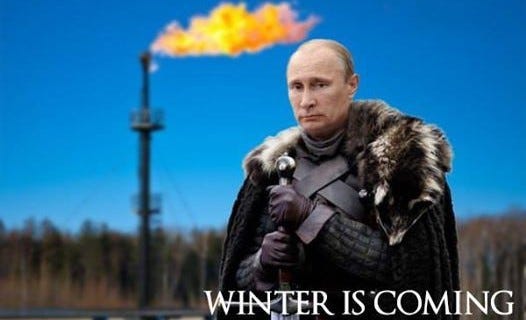
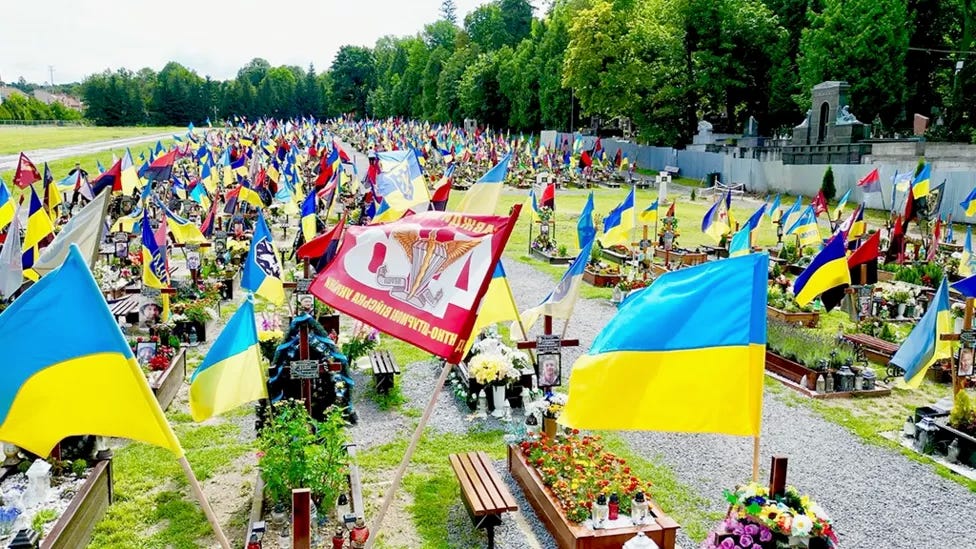
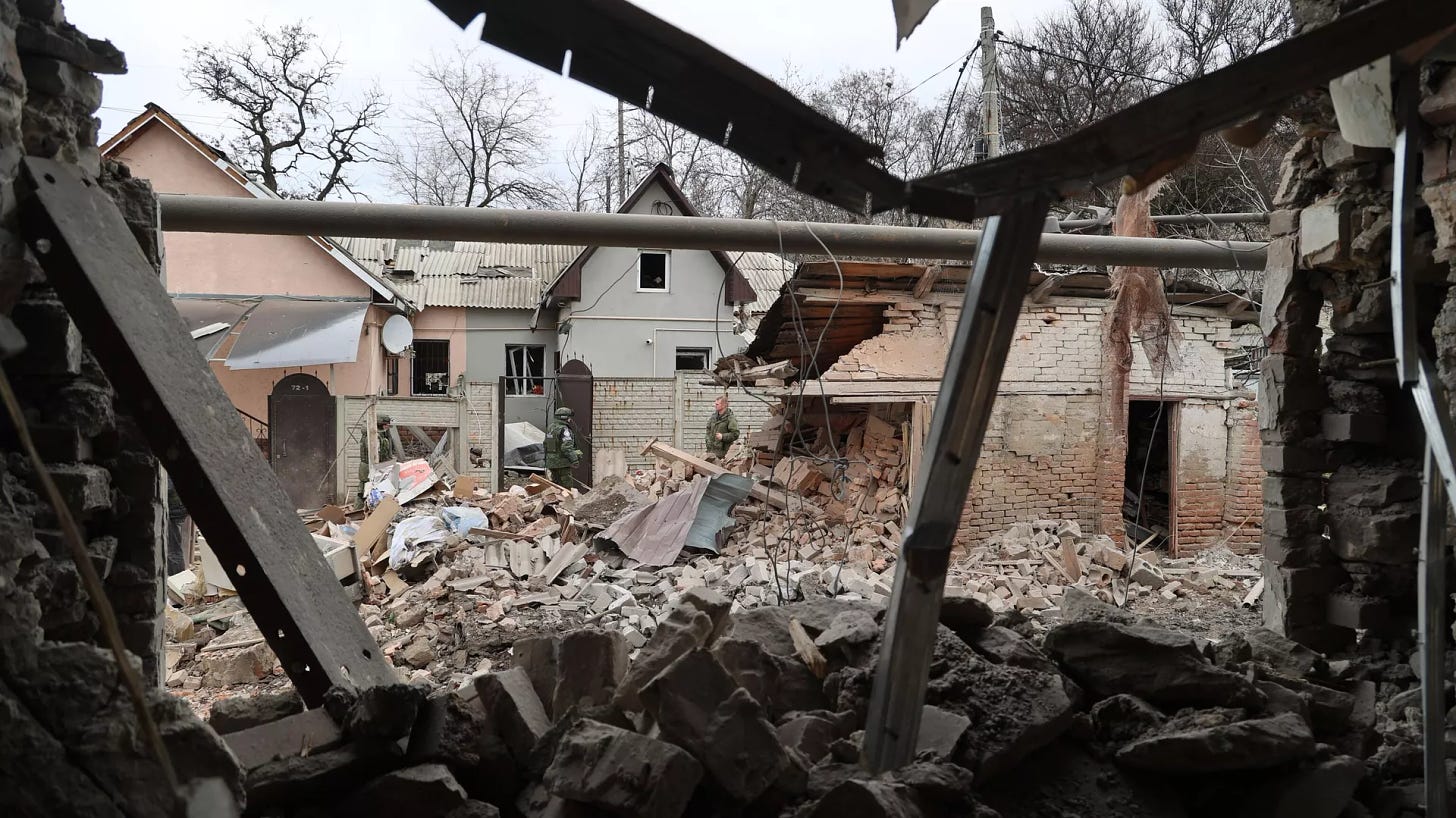
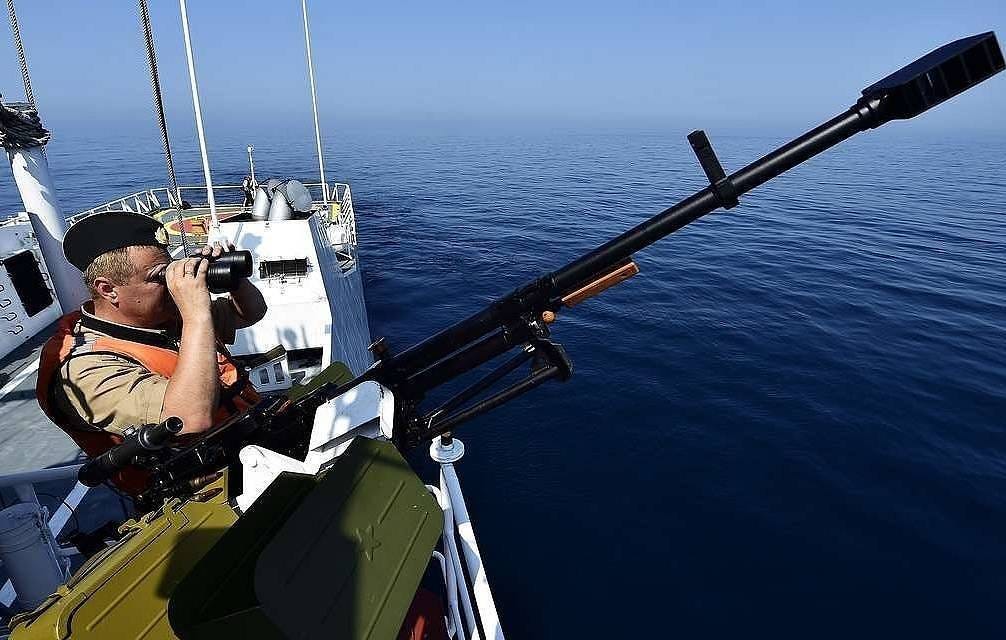
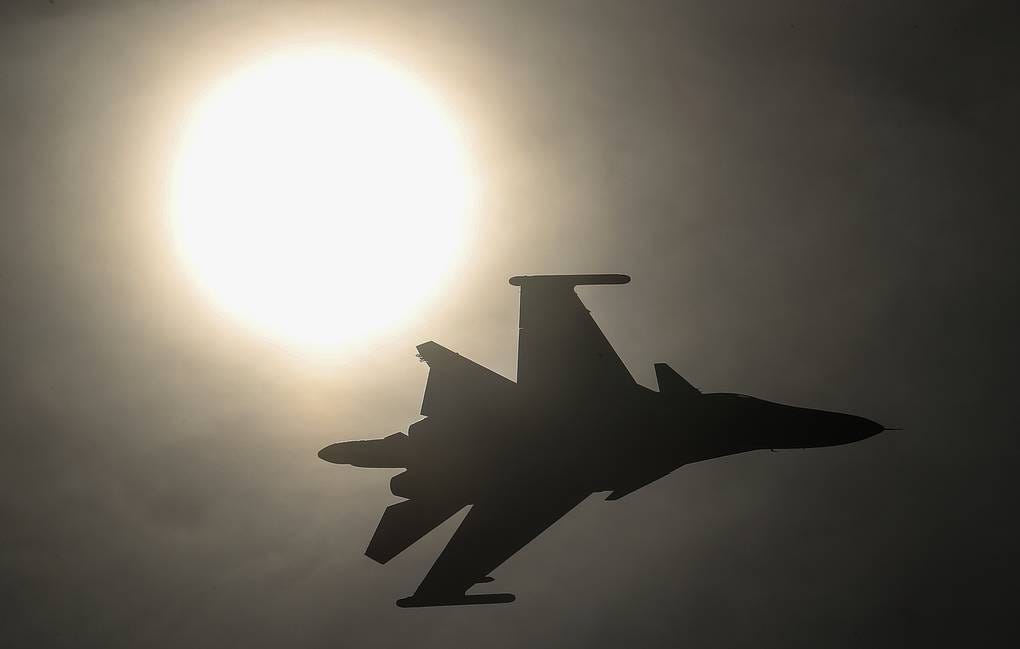
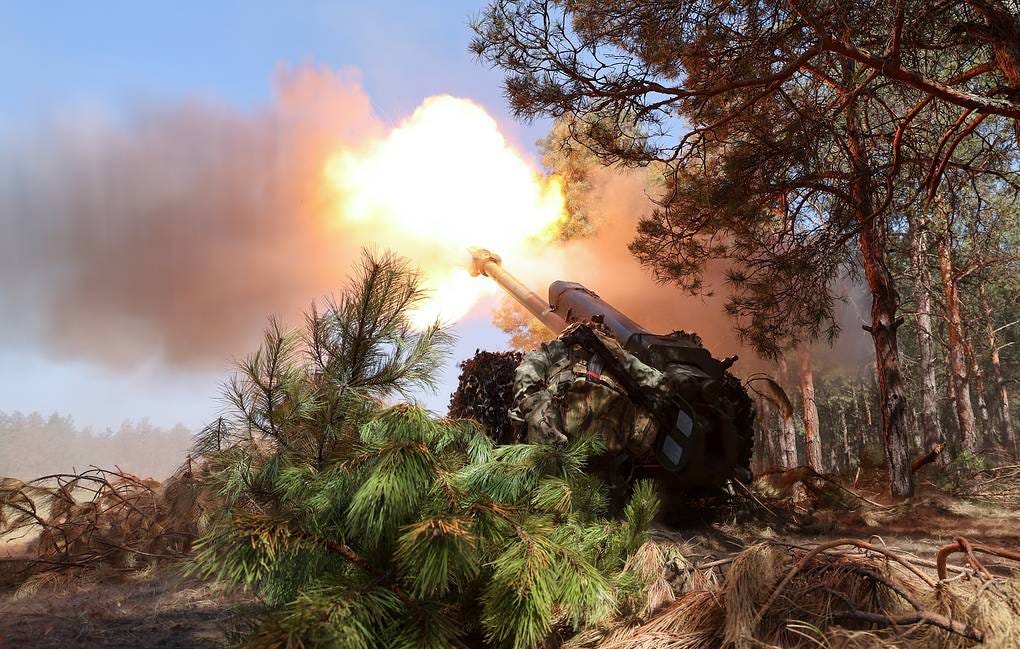
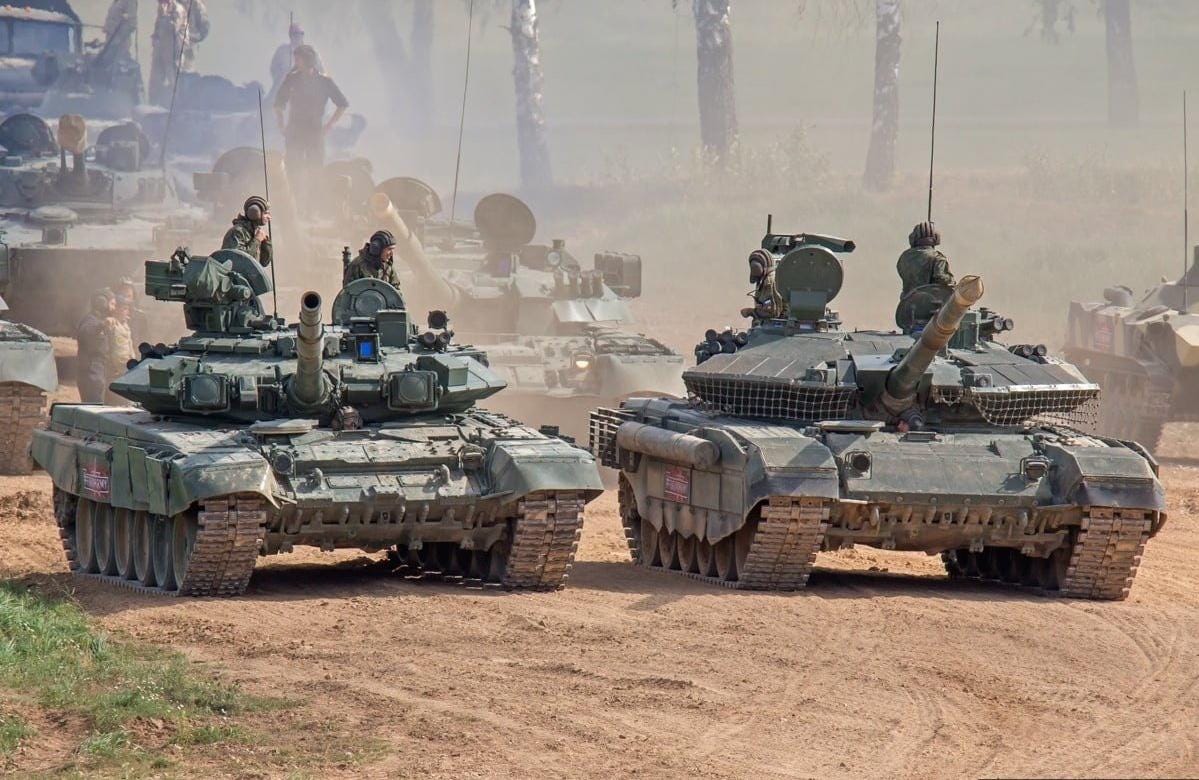
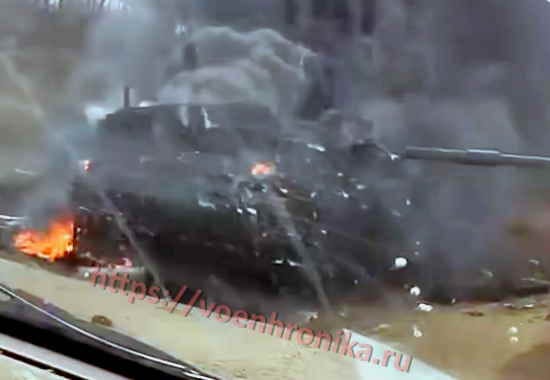
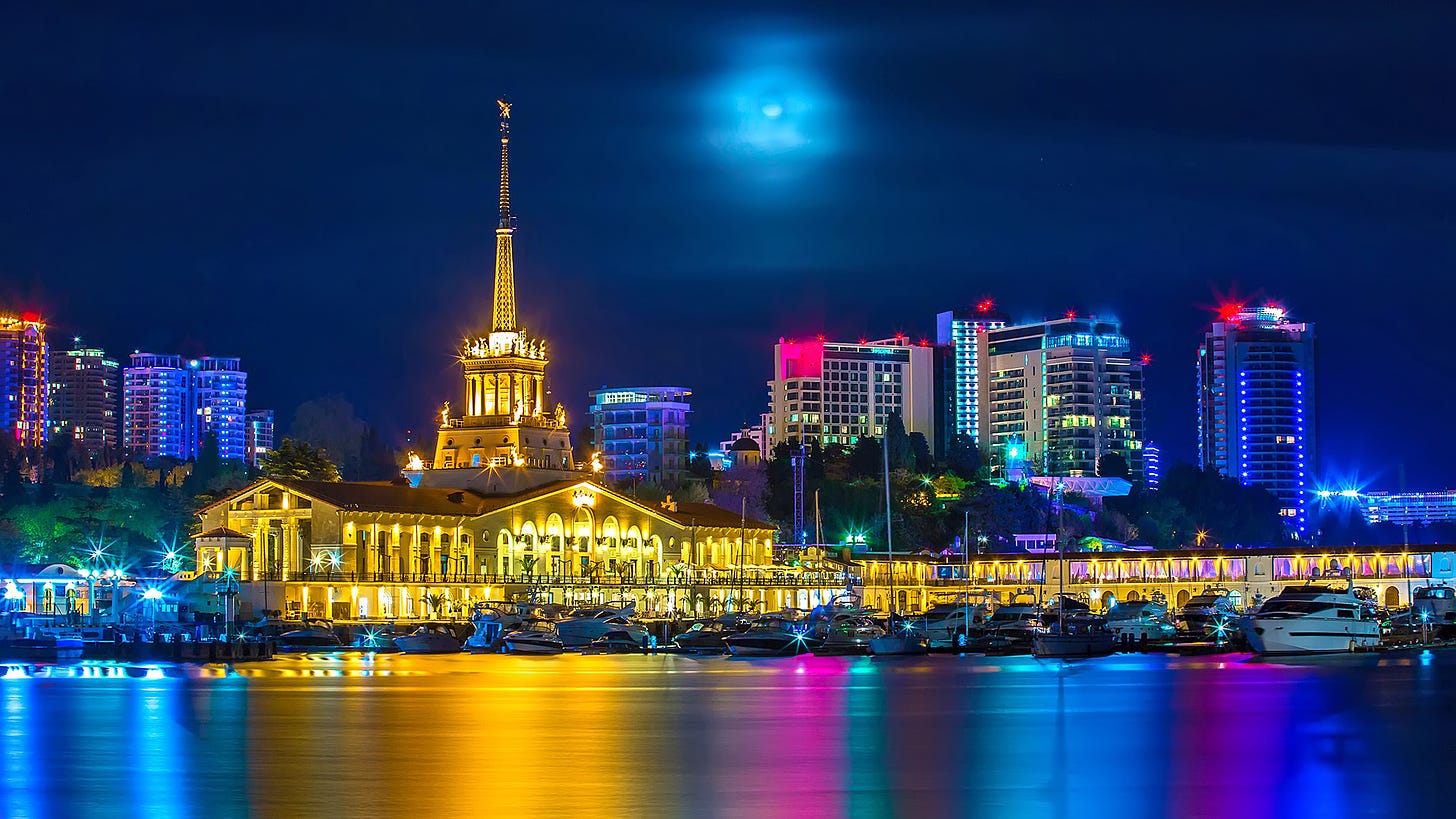
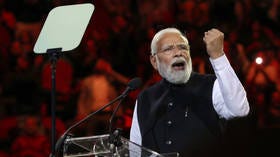
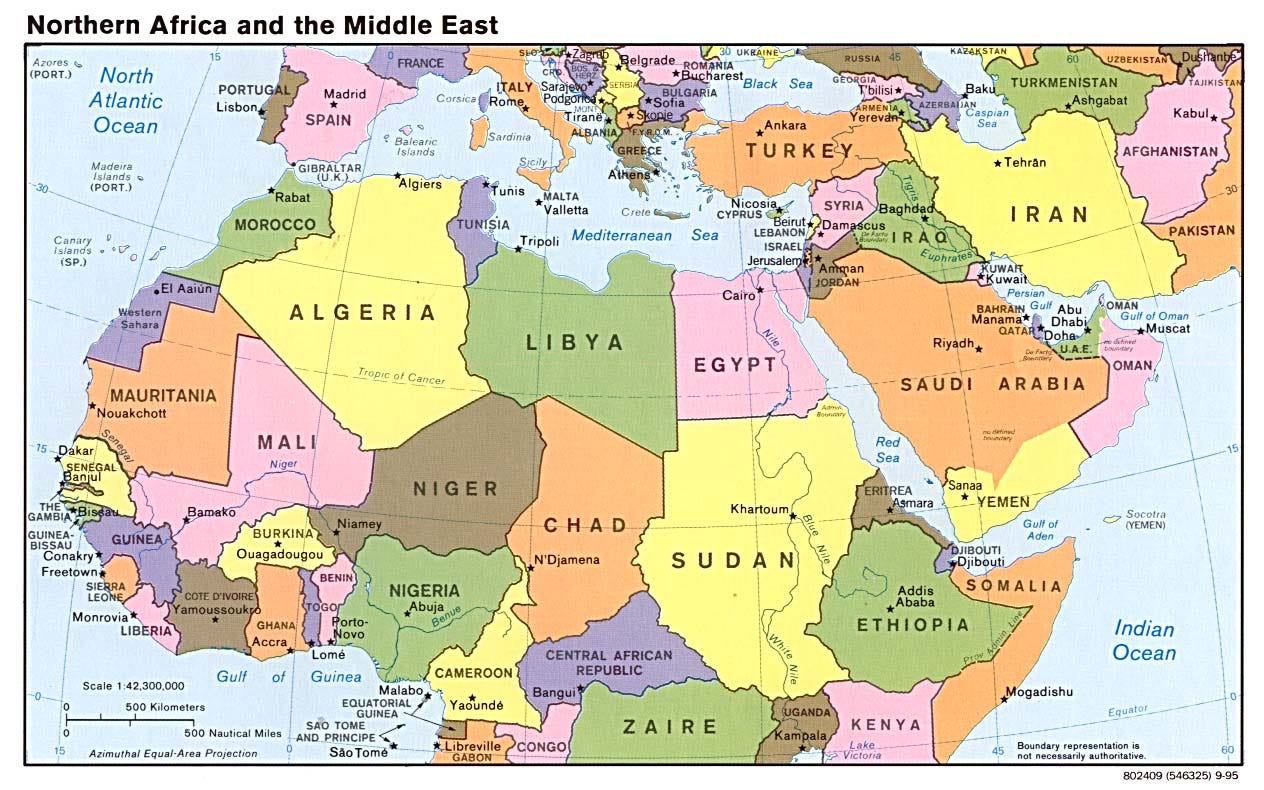
Thanks for that Richard. See my comments on your substack. I'm pretty sure that the Russian MoD has employed the term 'killed and wounded' on its website occasionally BTW.
Re: "organisations providing casualty data do not always make it clear whether their figures are for dead and wounded or KIA only. The Russian MoD and Mediazona are both guilty of this. "
Andrei Martyanov makes it clear that when the Russian MoD talks about Ukrainian "losses" in any form, they mean KIA unless explicitly said otherwise. The MoD does not report Ukrainian wounded.
More importantly, they don't report Ukrainian losses from engagements in which there was no "battle damage assessment" post-engagement - which means those over 100 "in addition" air, missile and artillery strikes they always mention separately in their daily "clobber report".
This is important because those strikes HAVE to add at LEAST one more Ukrainian KIA and one more WIA to the daily total - and probably many more. If one Ukrainian artillery unit is destroyed, that's at least four Ukrainians lost (KIA and WIA). If a command post is destroyed, it's probably many more. So those strikes increase the daily Ukrainian losses - currently averaging between 700 and 800 KIA per day - by at least thirty percent. If those losses average 7 or more Ukrainians per strike, that would increase the total by 100 percent.
When you add wounded to the KIAs reported at a ratio of 1.67, Ukraine is losing between 2,000 and 3,000 troops per day or 60-100,000 per month.